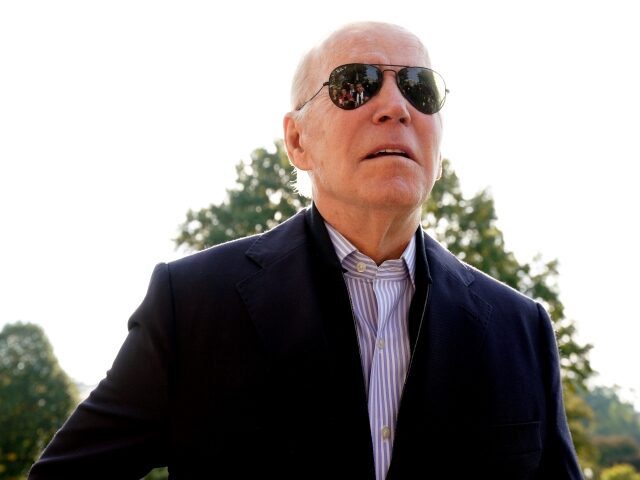Not only did the U.S. business sector slump for the fourth straight month in October, but the pace of the deterioration also picked up, data from S&P Global indicated on Monday.
Manufacturers and services businesses reported weaker demand, S&P’s monthly survey of purchasing managers indicated.
The “flash” composite purchasing managers index (PMI) fell to 47.3 this month from 49.5 in September. This suggests an acceleration in the decline in business activity to what S&P said is the second-fastest fall in almost two-and-a-half years.
Business linked the decline to weak client demand and the impact of inflation and higher interest rates.
A reading below 50 indicates the private sector contracted in the month.
“The U.S. economic downturn gathered significant momentum in October, while confidence in the outlook also deteriorated sharply,” S&P Chief Business Economist Chris Williamson. “The decline was led by a downward lurch in services activity, fueled by the rising cost of living and tightening financial conditions.”
Services had fallen into deep contraction at 43.7 in August but rebounded to a modest contraction in September at 49.3. Forecasters had thought it would hold that level. Instead, services fell deeper into contraction at 46.6.
Manufacturing was expected to hold onto the modest expansion level of 52 recorded last month. Instead, September was revised down to 51.2 and the October reading fell into slight contraction at 49.9. This was the first month in contraction since June of 2020.
The flash composite new orders index slid to 49.0 from a final reading of 50.9 in September.
“While output in manufacturing remains more resilient for now, October saw a steep drop in demand for goods, meaning current output is only being maintained by firms eating into backlogs of previously placed orders. Clearly this is unsustainable absent of a revival in demand, and it’s no surprise to see firms cutting back sharply on their input buying to prepare for lower output in coming months,” Williamson said.
Weaker demand has eased pressure on supply chains and should mean lower inflationary pressure in the future. For now, however, prices are still rising at a rapid pace even while the economy struggles.
“The surveys therefore present a picture of the economy at increased risk of contracting in the fourth quarter at the same time that inflationary pressures remain stubbornly high. However, there are clearly signs that weakening demand is helping to moderate the overall rate of inflation, which should continue to fall in the coming months, especially if interest rates continue to rise,” Williamson said.

COMMENTS
Please let us know if you're having issues with commenting.